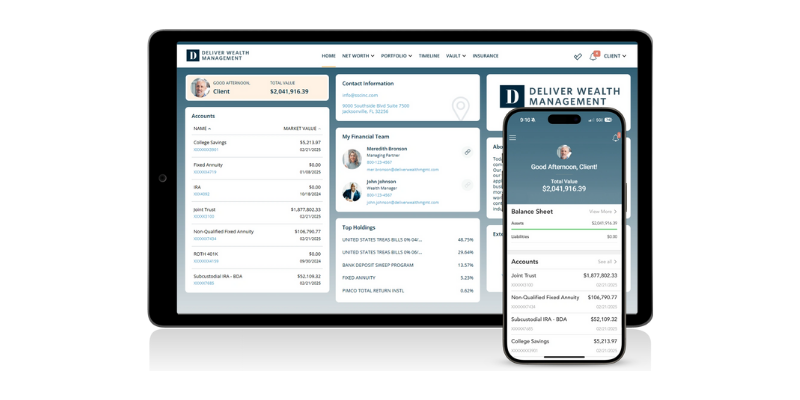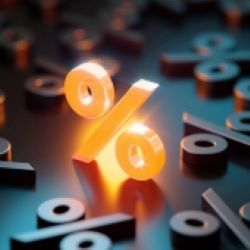In a response to plunging numbers on the stock market, the Federal Reserve has stepped up to offer up some much needed relief in the form of a rate cut. With near-zero rates put in place, many are wondering how it will factor into their own financial futures.
Swings in stock market strength influence the ways people decide to invest and how they save for retirement. As the Dow Jones ticks lower, people’s 401(k) and investments will produce smaller returns for now.
Those who’ve planned to settle into retirement at least a decade from now, take this moment to have a look at how retirement accounts have reacted to the disruption in the markets. With a target-date fund, risk can be adjusted over a period of time to match your tolerance.
Personal investments require a more detailed review. A diversified portfolio is often more resilient in a time of volatility. A healthy assortment of bonds and stocks keeps a personal life savings sources of returns when a particular market fails.
This interest rate cut from the Federal Reserve influences how banks and lenders deal with borrowers. Loans will see lower interest rate, inviting more people to borrow, and, eventually, spend in large enough numbers to invigorate the economy.
Savings accounts, however, are adversely affected. The rate cut may change how much these accounts earn. While this change in rates may encourage some to move their cash out of banks, but it may be best to stay put. High-yield accounts will earn slightly less, but might be the best place to keep cash for the moment.
Credit card debt is a regular expense for millions in the US, and those will also see a drop in those interest raters. NerdWallet’s credit card and personal finance expert Kimberly Palmer, anyone with a credit card balance will welcome this rate cut. The debt owed, she points out, will be somewhat cheaper. Those paying off this debt can expect to see the rate cut reflect in a billing cycle or two.
Another cost expected to drop because of this decision are mortgages. Some may considered entering a refinance or purchase a home, and found interest rates provide an opportunity in the form of lower costs.
With lower rates, home owners and those looking to purchase one will be encouraged to be a little bolder in their decision to borrow the large sums they need. But considering the quick shifts in the market, some may be hesitant.
In the case of refinancing, borrowers will be liable for at least two and as much as four percent of the initial loan. The decision to refinance is more personal than just the current activity from the Federal Reserve.
These fluctuations that have hit the markets recently have been exceptionally volatile, and Palmer points out that the changes have been difficult to forecast. Her recommendation for those seeking a refinancing is to make sure of calculations and determine of what is saved will justify such a move. A rate reduction of at least three-quarters of a percentage point is what she says to look for before continuing with refinancing.
Source; https://www.wsj.com/articles/what-the-feds-near-zero-rates-means-for-you-11584321264




